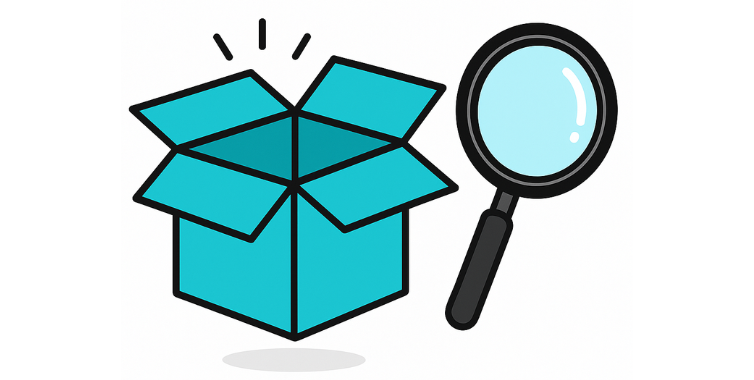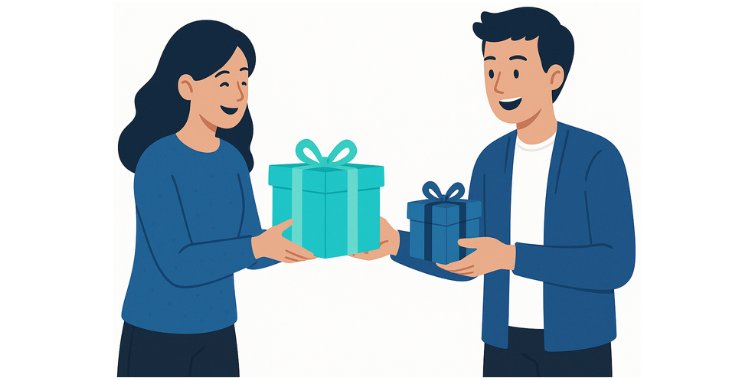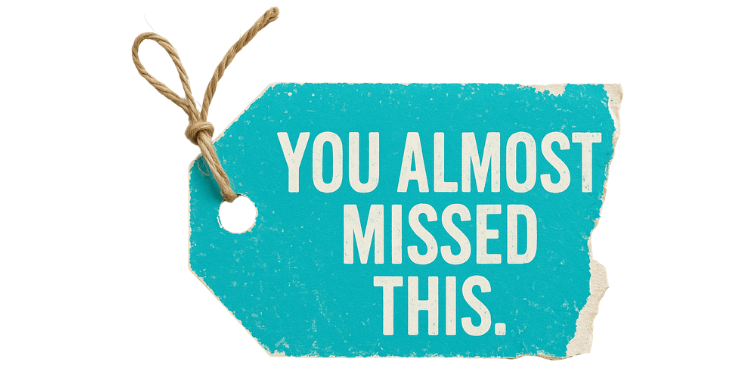Key Takeaways:
- Psychological triggers speak to emotion such as trust, fear, curiosity, and urgency, and they drive real action.
- Clear, emotionally intelligent copy builds stronger connections than logic alone.
- Tactics like storytelling, scarcity, and personalization aren’t tricks; they are bridges to trust.
- Great copywriting respects the reader’s mindset and uses subtle cues to help rather than push.
Some words make people stop. Others get ignored. Why? Because powerful copy taps into how people think, feel, and decide instantly.
At the heart of great copywriting are psychological triggers. They don’t manipulate. They connect. When your words align with what your audience feels, they feel seen. That’s when action happens.
I will walk you through the 7 most powerful psychological triggers in copywriting and how to ethically influence and convert.
You’ll see examples, get practical tips, and learn how to start using them today. By the end, you’ll know how to write a copy that speaks not just to the mind but to the heart.
What Are Psychological Triggers in Copywriting?
Psychological triggers are mental shortcuts, tools the brain uses to make decisions quickly. In copywriting, these triggers help guide your reader toward connection, trust, and ultimately, action.
They work because they reflect real human behavior. Not what people say they do, but what they actually do. And when you use them with care and clarity, your message feels helpful, not pushy.
The 7 Psychological Triggers Every Copywriter Should Know
1. Curiosity

Curiosity works because it creates an open loop your audience’s brain wants to close.
Why It Works
Our brains crave answers. When something feels unfinished or unknown, the brain sees it as a problem to solve. A headline that hints but doesn’t reveal pulls people in.
They can’t help themselves because they need to know what’s on the other side. That tension drives clicks. Curiosity builds anticipation and momentum. It makes readers feel like they’re uncovering something exclusive, like they’re being let in on a secret.
How to Use It
- Ask questions without answering them right away.
- Create open loops: “The one thing most marketers miss about email…”
- Use cliffhangers in headlines and subheads.
Example
“Most copywriters overlook this tiny trick and it’s costing them sales.”
The emotional hook? No one wants to be left behind.
2. Social Proof

When people don’t know what to do, they look to others.
Why It Works
We want to feel like we belong. We want to know we’re not making a mistake. When others go first, it gives us the green light to follow.
Social proof eases anxiety by showing that others have walked this path and it worked. It says, “You’re not alone, and this is safe.” When people see others like them succeeding, it turns hesitation into confidence.
How to Use It
- Add testimonials with real names and faces.
- Mention user stats: “Over 10,000 happy customers.”
- Show case studies and success stories.
Example
“Join 2,000+ business owners who use our tool to boost conversions.”
It says: You’re not alone. And you’re in good company.
3. Scarcity & Urgency

“Act now or miss out.” Scarcity makes us pay attention and act fast.
Why It Works
Scarcity flips a switch in our brain. If we think something might not be around later, we want it now.
It creates emotional tension that pushes someone to act before they overthink. Urgency adds weight. It shows that the opportunity is real, happening now, and not something to sit on.
How to Use It
- Time limits: “Offer ends Friday.”
- Quantity limits: “Only 3 seats left.”
- Seasonal or one-time promotions.
Example
“Only available this week: Save 30% on your first order.”
It creates a nudge, not pressure. The message is: don’t wait and wonder, do it while you can.
4. Authority Bias

We trust experts and people who speak with confidence.
Why It Works
We trust people who clearly know what they’re talking about. When someone respected recommends something, it instantly feels smarter and safer to follow.
Authority builds confidence. Whether it’s a doctor, a CEO, or a seasoned marketer, their title alone carries weight. This is what makes authority bias work.
It creates psychological safety. People stop overanalyzing when they believe the source is reliable. They feel like they’re in capable hands.
I’ve seen this firsthand. In 2022, I got my first corporate job because a well-known copywriter recommended me.
The company didn’t ask many questions. They trusted the person who referred me, so they trusted me too.
That’s how powerful authority is. When someone respected speaks up, people listen. No questions asked. No hesitation.
How to Use It
- Mention credentials: “15+ years in digital marketing.”
- Show media features: “As seen in Forbes.”
- Use an authoritative tone: clear, confident, no fluff.
Example
“Recommended by top conversion experts and UX designers.”
The deeper feeling? I can trust this. I won’t be making a mistake.
5. Reciprocity

When you give something valuable without asking for anything, people instinctively want to give back.
Why It Works
People appreciate generosity. And when a brand helps without asking for anything first, it builds loyalty. It feels good.
Humans are wired to return favors. If someone helps you without asking for anything, you feel inclined to support them back.
Reciprocity builds the kind of goodwill that turns casual readers into loyal customers. It signals generosity and lowers defenses. People respond better to kindness than to pressure.
How to Use It
- Offer free value: lead magnets, tools, checklists.
- Give tips generously before asking for a sale.
- Thank your readers with bonus content.
Example
“Download our free headline cheat sheet. No email required.”
The hidden promise: We’re here to help, not hustle you.
6. Consistency Principle
People want to stay consistent with their past actions and beliefs.
Why It Works
Once we’ve taken a small step, we want to follow through. It feels good to be the kind of person who finishes what they start.
Once people say yes to something small, they’re more likely to say yes again. Why? Because we like to see ourselves as consistent. Flip-flopping feels uncomfortable.
This trigger taps into our need for integrity and follow-through. It reinforces self-image, and that’s powerful motivation.
How to Use It
- Remind readers of their goals: “You started this journey for a reason.”
- Use “you” language: “You know this matters.”
- Ask for small commitments first.
Example
“You’ve already made the first move. Don’t stop now.”
It says: You’re the kind of person who follows through. Let’s keep going.
7. Loss Aversion

People fear losing more than they crave.
Why It Works
We imagine the pain of missing out and we act fast to avoid it. A discount might be nice. But losing the chance at that discount?
That’s emotional. We’re wired to avoid regret, pain, and missed opportunity. Loss aversion stirs urgency and creates tension. People want to act before it’s too late. It reframes indecision as potential loss.
How to Use It
- Highlight risks of not acting.
- Use contrasting scenarios: with vs. without your product.
- Frame your offer as protection or insurance.
Example
“Every day you wait, you’re losing potential leads.”
The emotion behind it? Regret. We want to avoid it at all costs.
How to Apply These Triggers in Your Copywriting Right Now
You don’t need every trigger in one message. One or two used intentionally is more powerful than five scattered without focus.
Start with your reader. What are they struggling with? What are they excited to achieve? Then, choose a trigger that naturally aligns with that emotional state.
Here’s a simple process:
- Open with curiosity or urgency.
- Support your message with proof or emotion.
- Reinforce with identity or trust.
- Finish with a CTA that feels like help.
Example CTA:
“Try it free for 7 days and finally stop guessing what your audience wants.”
That’s a CTA grounded in empathy and empowerment.
Copywriting Triggers vs. Manipulation
There’s a fine line between guiding your reader and manipulating them. People can feel when they’re being pressured and it pushes them away. But when they feel supported and understood, they lean in.
To keep your copy ethical and trustworthy:
- Tell the truth.
- Don’t fake urgency.
- Give before you ask.
- Respect the reader’s freedom to choose.
The goal isn’t to corner them. It’s to invite them in.
Copywriting That Connects and Converts
Want a copy that converts? Focus first on connection. Use triggers not to trick but to reflect what your reader already wants: clarity, confidence, relief, and momentum.
Let this be your copy mantra:
- Be clear, not clever.
- Talk like a real person.
- Write for one reader, not a crowd.
- Show how their life changes when they say yes.
Every trigger you use should point back to this question:
How does this help them win?
When your copy answers that clearly, emotionally, and sincerely, readers won’t just click. They’ll believe.
Conclusion
Remember these 7 psychological triggers in copywriting.
✅ Curiosity. Make them lean in.
✅ Social Proof. Show them they belong.
✅ Scarcity & Urgency. Help them act now.
✅ Authority Bias. Earn their trust.
✅ Reciprocity. Lead with generosity.
✅ Consistency Principle. Support their identity.
✅ Loss Aversion. Help them avoid regret.
Pick one. Use it with care. And feel the difference. Because when your words make people feel something, they move. And that’s where conversion becomes connection.

